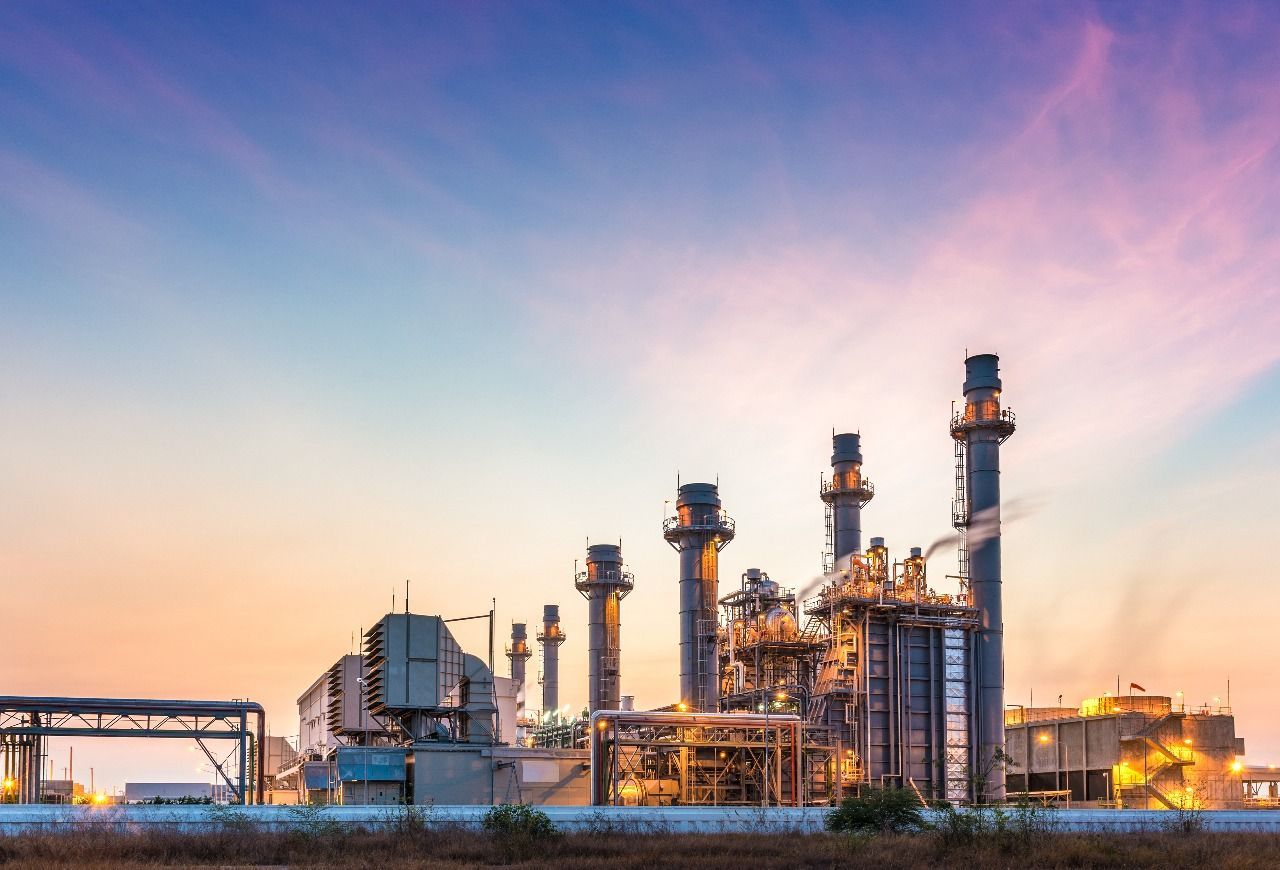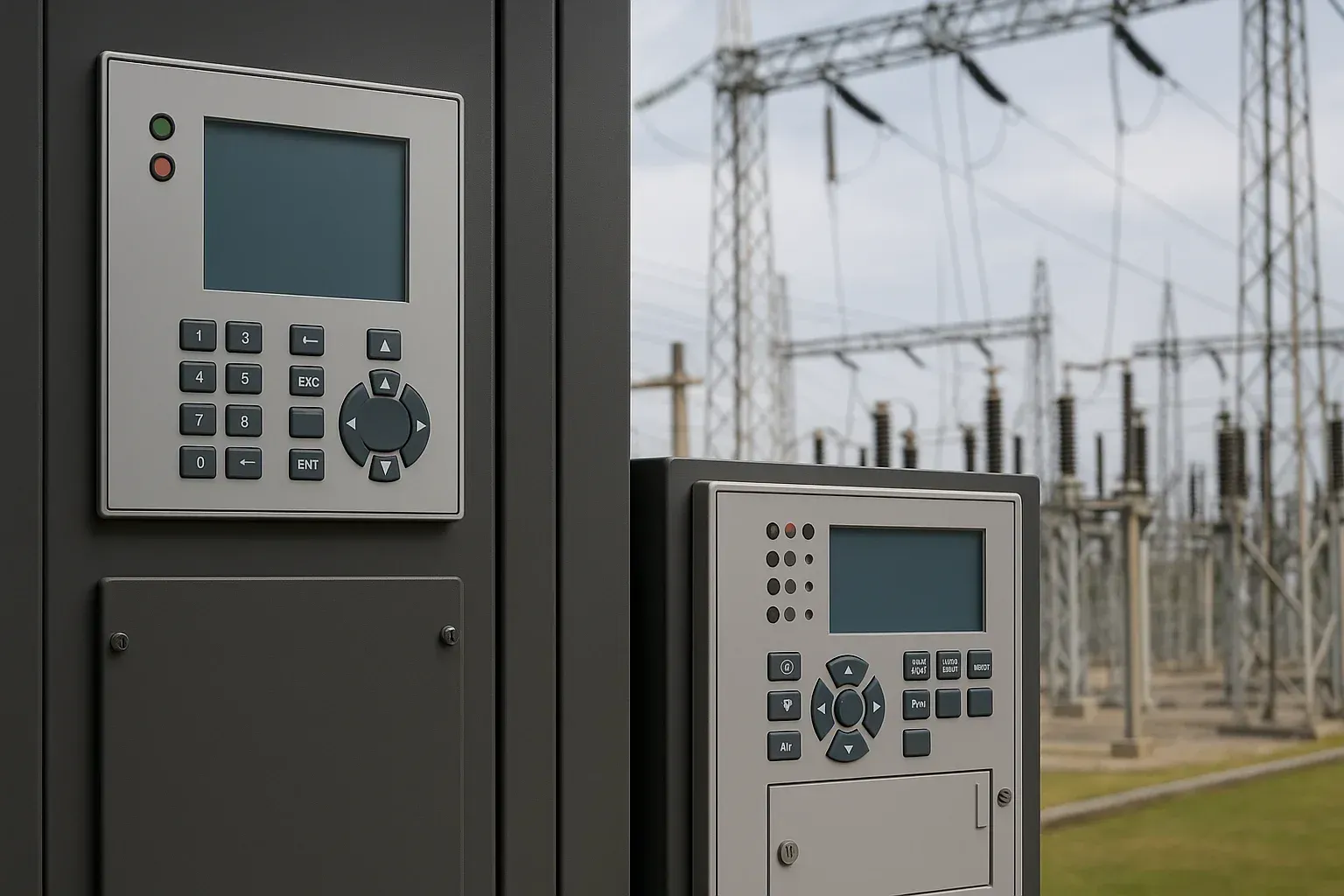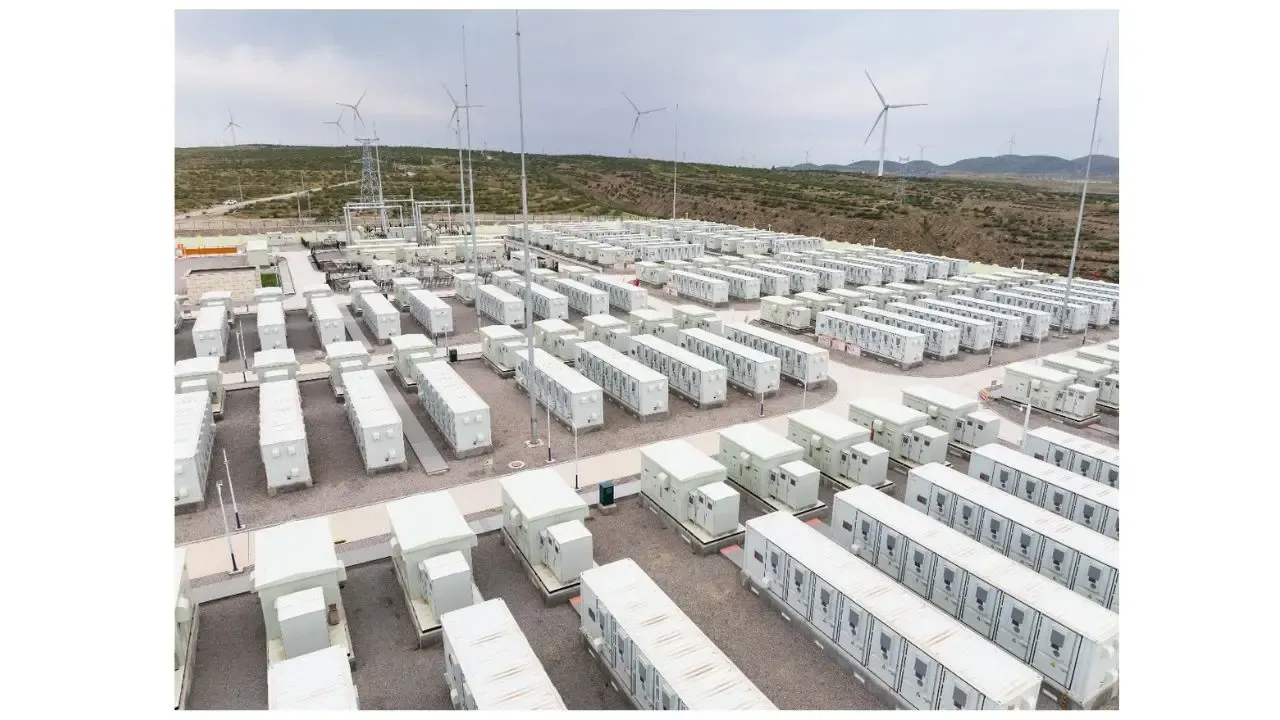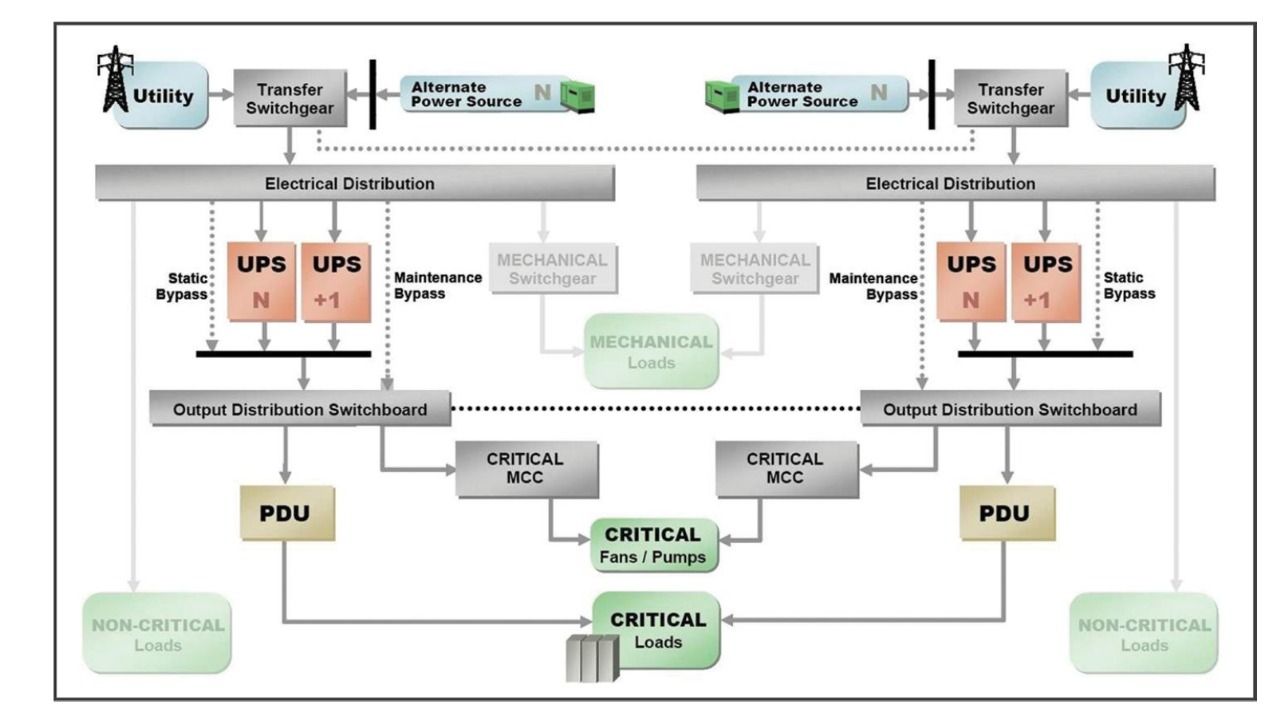A Coordinated Electric System Interconnection Review—the utility’s deep-dive on technical and cost impacts of your project.
Challenge: Frequent false tripping using conventional electromechanical relays
Solution: SEL-487E integration with multi-terminal differential protection and dynamic inrush restraint
Result: 90% reduction in false trips, saving over $250,000 in downtime
Information Management for Inverter-Based Resources (IBRs): A Technical Guide for Power System Operators
May 30, 2025 | Blog

Introduction
With the growing penetration of inverter-based resources (IBRs) such as solar photovoltaics (PV), battery energy storage systems (BESS), and wind energy systems, accurate and up-to-date information management is more critical than ever. Grid operators, developers, and compliance teams need to maintain detailed records of various inverter and controller parameters to ensure operational integrity, regulatory compliance (e.g., NERC standards), and reliable interconnection studies.
This article provides a detailed framework for managing critical information categories related to inverters and their controllers, including make and model, firmware versions, power capability specifications, ride-through and protection settings, and control modes. It is intended for engineers, asset managers, and compliance specialists managing distributed energy resources (DERs) and utility-scale projects.
1. Inverter and Controller Identification
Maintaining an accurate log of the make, model, and firmware versions of all inverters and controllers is foundational for any technical documentation and compliance process.
Key Data Points:
- Manufacturer and Model: e.g., SMA Sunny Central 2500-EV
- Firmware Version: Needed for diagnostics, compatibility, and control behavior
- Serial Numbers: For traceability and warranty claims
- Production Year and Batch Information: Useful for recalls or upgrades
Why It Matters:
- Firmware updates may introduce changes in ride-through, fault response, or communication protocol behavior.
- Certain regulatory authorities may require the use of certified firmware versions.
- Essential during NERC PRC, MOD, and FAC audit checks.
2. Power Capability Specifications
Every inverter has specific active and reactive power capabilities that must be recorded, verified, and regularly updated, especially during equipment upgrades or control logic changes.
Parameters to Document:
- Rated Active Power Output (kW or MW)
- Apparent Power (kVA) and Power Factor Range
- Reactive Power Control Capabilities:
- Volt-Var
- Fixed Power Factor
- Dynamic Reactive Support
- Curtailment Settings (if applicable)
Use Cases:
- Required for load flow and stability simulations.
- Inputs for interconnection and transmission system impact studies.
- Supports real-time operational limits and DERMS integration.
3. Ride-Through and Protection Settings
Ride-through settings determine how inverters behave during voltage and frequency disturbances. Accurate configuration and documentation ensure the facility complies with interconnection requirements and grid codes (e.g., IEEE Std 2800™-2022).
Must-Have Records:
- Voltage Ride-Through Curves (UVRT/OVRT)
- Frequency Ride-Through Thresholds
- Trip Settings (e.g., undervoltage trip, overfrequency trip)
- Delay Timers and Logic Settings
- Fault Detection Thresholds and Clearing Times
Why Critical:
- Direct impact on system stability during fault events.
- Compliance with PRC-024, PRC-026, and PRC-027 standards.
- Ensures that ride-through behavior aligns with modeling assumptions.
4. Control Modes and Plant-Level Strategies
Inverters operate under a variety of control modes, and often shift modes depending on system demands, signals from Energy Management Systems (EMS), or grid operator instructions.
Types of Control Modes:
- Power Factor Control
- Volt-Var Control
- Frequency-Watt Control
- Active Power Curtailment
- Real-time Setpoint Following via SCADA
- Plant-Level Voltage Control Modes:
- Droop control
- Centralized Volt-Var optimization
- Voltage setpoint tracking at POI
Required Documentation:
- Control mode descriptions and activation logic
- Setpoint ranges and default values
- EMS/SCADA integration details
- Communication protocol (e.g., DNP3, Modbus, SunSpec)
Applications:
- Grid-following vs. grid-forming strategies
- NERC MOD-026 and MOD-027 model validation
- Plant-level control validation during commissioning and audits
5. Best Practices for Information Management
A robust information management system should integrate data from commissioning records, inverter monitoring software, firmware changelogs, and SCADA logs.
Strategies:
- Implement a centralized database with version control.
- Use automated synchronization with vendor monitoring portals.
- Schedule regular configuration audits and validation checks.
- Maintain historical logs for compliance traceability.
- Develop data templates for internal and third-party reporting.
6. Regulatory and Compliance Requirements
- Entities under NERC jurisdiction must provide this data during compliance audits and model validation exercises. Documentation must align with:
- PRC-024-3: Generator Frequency and Voltage Protection Settings
- PRC-019/PRC-025: Coordination of Protection Systems
- MOD-026/MOD-027: Model validation of excitation and governor systems
- IEEE Std 1547-2018: DER interconnection requirements
- IEEE Std 2800-2022: Interconnection for IBRs >20 MVA
7. Conclusion
Accurate and consistent information management is no longer optional—it is essential for ensuring operational resilience, meeting regulatory obligations, and supporting grid stability. As the penetration of inverter-based resources continues to grow, the importance of meticulous record-keeping cannot be overstated.
Power system operators and developers should treat inverter and controller data as “living documents” that evolve with the hardware, software, and control philosophy of each project.
15 Technical FAQs on Inverter-Based Information Management
1. Why is tracking inverter firmware version important?
It helps in verifying control behavior, compliance with updated grid codes, and troubleshooting performance or communication issues.
2. What tools can automate firmware tracking?
Vendor monitoring portals (e.g., SMA Sunny Portal, Sungrow iSolarCloud) and SCADA platforms with asset management integration.
3. How often should ride-through settings be reviewed?
At minimum, annually or after any firmware/control upgrade, or grid code revision.
4. What is Volt-Var control in inverters?
It allows inverters to inject or absorb reactive power in response to voltage levels at the point of interconnection.
5. How do I validate inverter reactive power capabilities?
By referring to factory test reports, commissioning test data, and P-Q capability curves from the OEM.
6. What documents are needed for PRC-024 audits?
Protection settings, setpoint verification tests, one-line diagrams, and ride-through compliance documentation.
7. Can inverter control modes change automatically?
Yes. Inverters may switch modes based on EMS signals, grid commands, or preconfigured logic.
8. What is plant-level voltage control?
A coordinated control approach where multiple inverters work together to regulate POI voltage, often using a master controller.
9. How do firmware updates impact control strategies?
They may enable new functions (e.g., fast frequency response) or modify existing control logic—requiring model updates.
10. What are common communication protocols for inverter SCADA integration?
DNP3, Modbus TCP/IP, IEC 61850, and SunSpec are most commonly used.
11. How is power factor controlled in inverters?
Via local setpoints, EMS commands, or autonomous algorithms like Volt-Watt or Volt-Var logic.
12. How are curtailment instructions implemented?
Through direct control setpoints from EMS or ISO dispatch via real-time communication protocols.
13. What’s the importance of inverter model documentation in interconnection studies?
It ensures dynamic models (PSCAD, PSSE) reflect actual behavior, improving accuracy of system impact studies.
14. How are fault ride-through curves documented?
Using OEM-provided response curves, field test results, or lab simulations in accordance with IEEE 1547/2800.
15. Can inverter parameters be remotely adjusted?
Yes, with proper security/authentication via SCADA or vendor cloud platforms, but changes must be logged

About the Author:
Sonny Patel P.E. EC
IEEE Senior Member
In 1995, Sandip (Sonny) R. Patel earned his Electrical Engineering degree from the University of Illinois, specializing in Electrical Engineering . But degrees don’t build legacies—action does. For three decades, he’s been shaping the future of engineering, not just as a licensed Professional Engineer across multiple states (Florida, California, New York, West Virginia, and Minnesota), but as a doer. A builder. A leader. Not just an engineer. A Licensed Electrical Contractor in Florida with an Unlimited EC license. Not just an executive. The founder and CEO of KEENTEL LLC—where expertise meets execution. Three decades. Multiple states. Endless impact.
Services

Let's Discuss Your Project
Let's book a call to discuss your electrical engineering project that we can help you with.

About the Author:
Sonny Patel P.E. EC
IEEE Senior Member
In 1995, Sandip (Sonny) R. Patel earned his Electrical Engineering degree from the University of Illinois, specializing in Electrical Engineering . But degrees don’t build legacies—action does. For three decades, he’s been shaping the future of engineering, not just as a licensed Professional Engineer across multiple states (Florida, California, New York, West Virginia, and Minnesota), but as a doer. A builder. A leader. Not just an engineer. A Licensed Electrical Contractor in Florida with an Unlimited EC license. Not just an executive. The founder and CEO of KEENTEL LLC—where expertise meets execution. Three decades. Multiple states. Endless impact.
Leave a Comment
We will get back to you as soon as possible.
Please try again later.
Related Posts














